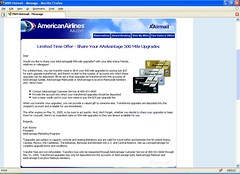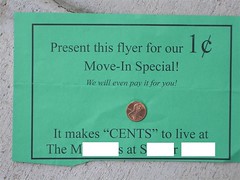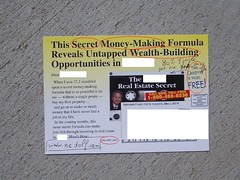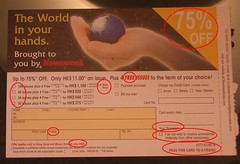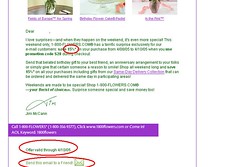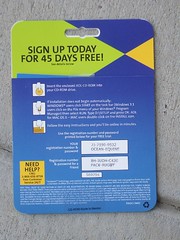Tests Time! (Part 2 of 2)
Now let's have fun with a little game: I will put here 3 examples of real tests that have run on newspaper advertising, with 2 different Headlines (this is called “Split-Run”: the newspaper/magazine prints half of the copies with one version and half with the other and distribute uniformly both of them on the territory). Only what indicated changed, nothing else in the advertisement: same pictures, same text, same offer.
The idea is for you to guess which version did better: Case A or Case B? Solutions at the very end of the post (ehi, don’t look at the solutions right away, come on!):
Example 1: Advertisement of a Retirement Income Plan
Case A) Headline: A vacation that lasts the rest of your life
Case B) Headline: How you can retire on a guaranteed income for life
Example 2: Advertisement of a Home-Study Course in Business
Case A) Headline: To a $25,000 man or woman who would like to be making $50,000
Case B) Headline: Here’s proof that this training pays financially
Example 3: Advertisement of The Wall Street Journal subscription
Case A) Headline: How 27$ started me on the road to $75,000 a year
Copy Plot: the story of a man who sent $27 for a trial subscription to The Wall Street Journal. Later he became a regular subscriber. Reading the Journal helped him get an income of $75,000
Case B) Headline: Some $75,000 jobs are looking for applicants
Copy Plot: there a e a number of jobs paying $75,000 or more that are available to trained men and women.
Results at the very end of the post.
Surprised? You are probably not alone. You got all of three right? Congratulations, you are better than the majority of advertisement professionals.
Now, imagine if Case B in Example 1 is yielding 50% more than Case A: not running the test and sticking to Case A would mean not getting a good part of the responses. And for no cost difference…
What is the philosophical bottom line of this posting? Maybe that the only thing that really counts is imagination, the ability to think new things, new solutions to be tested and improved. As Mark Victor Hansen, co-author of “Chicken Soup for the Soul”, says “The only asset a company really has is human imagination”.
These examples are taken from the classic advertisement book “Tested Advertisement Methods” by John Caples, that I recommend to anyone involved in promoting his/her company.
Keep thinking smart,
Kramerilio in
PS Results of the test
Example 1) Case B
Example 1) Case A
Example 1) Case A


